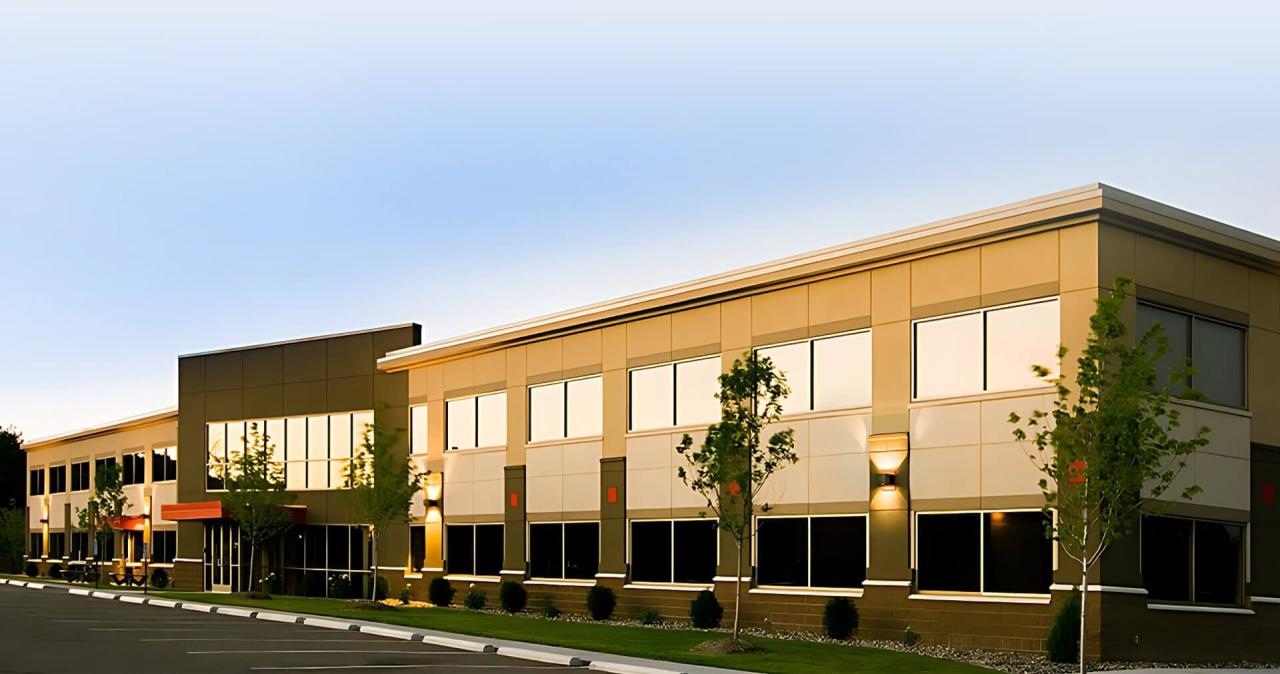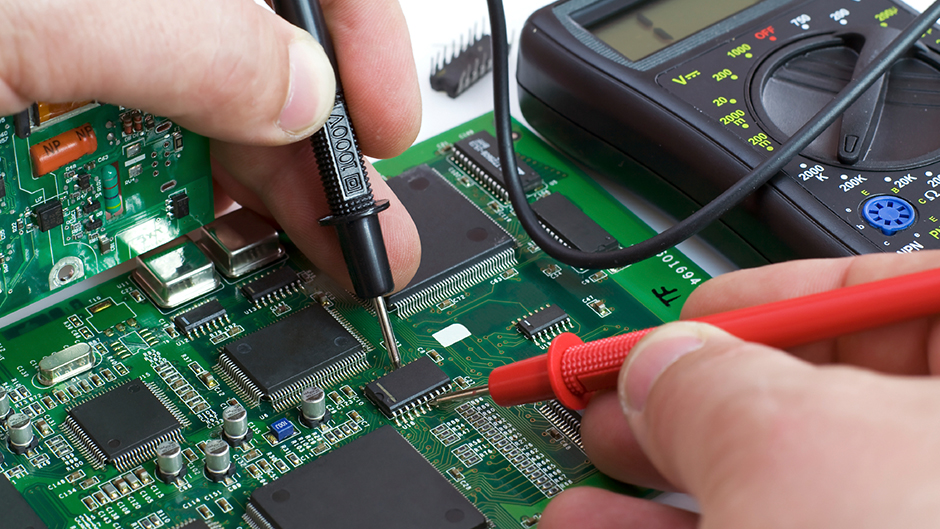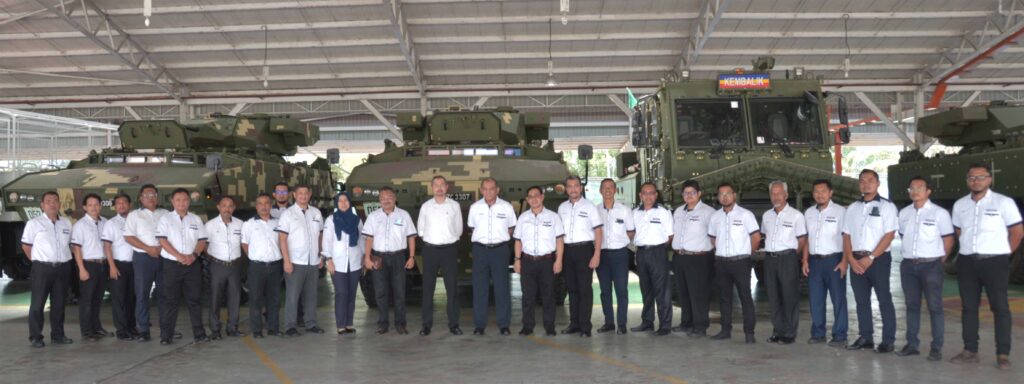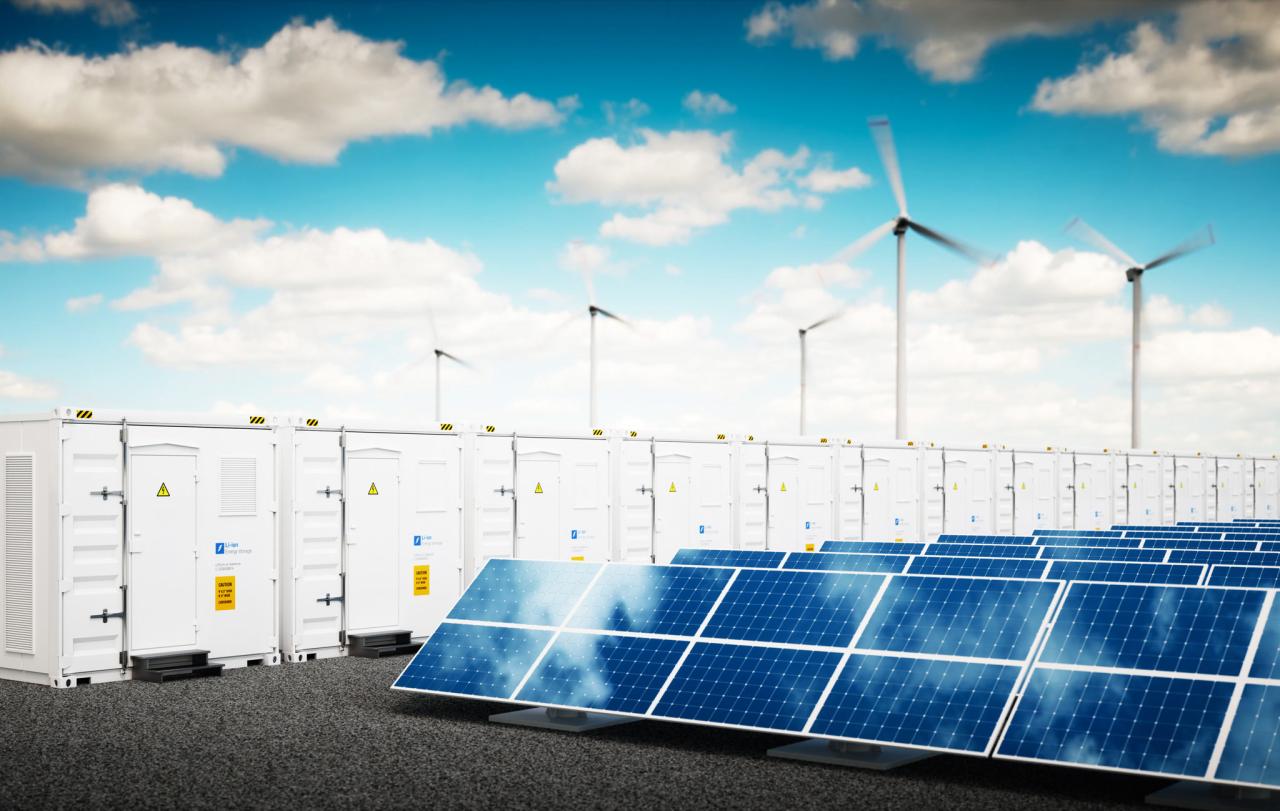Electronics and Computer Technology: A Journey Through Innovation
Electronics and computer technology have fundamentally reshaped our world, driving innovation across industries and transforming the way we live, work, and interact. From the early days of rudimentary circuits to […]
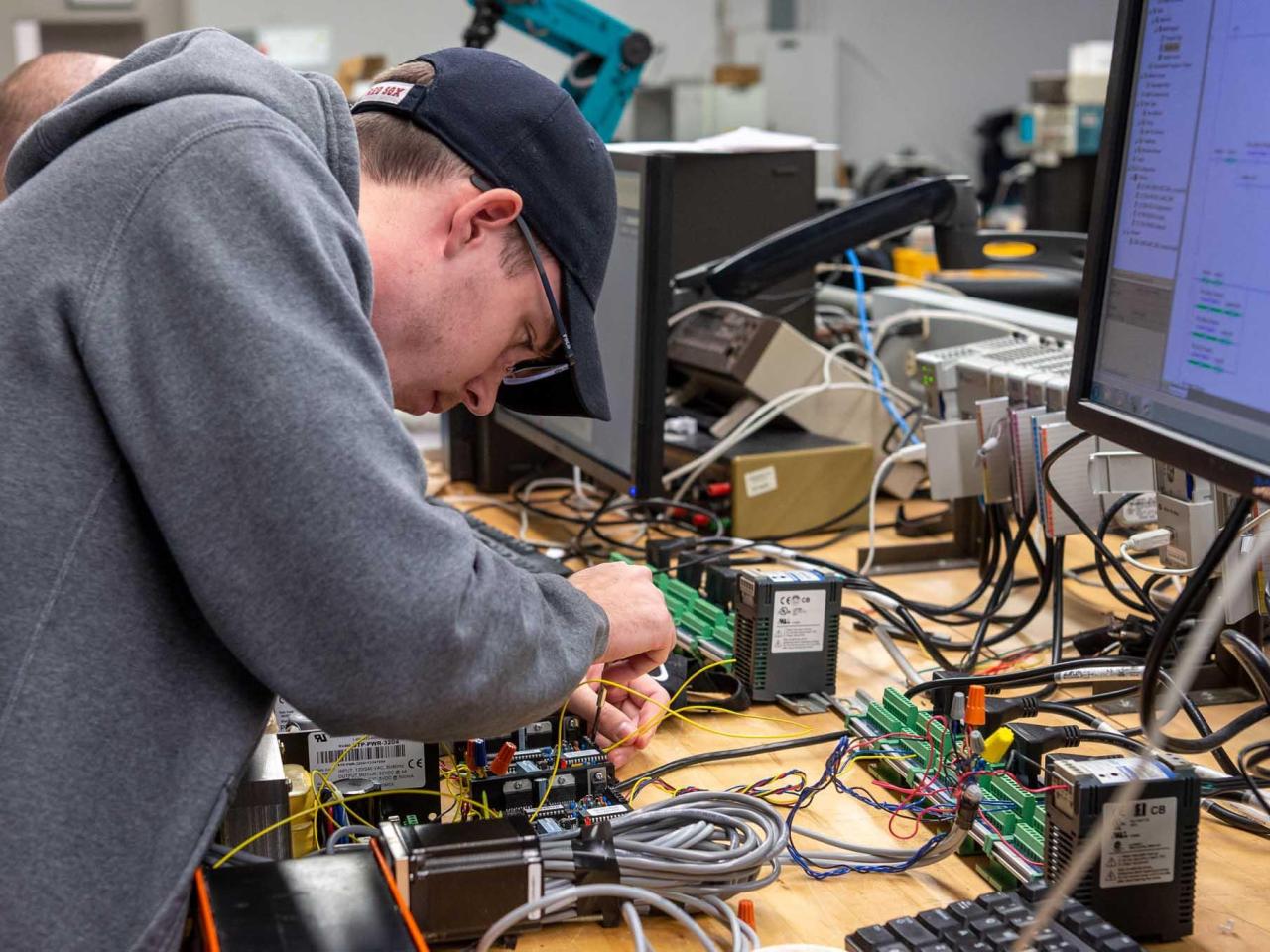
Electronics and computer technology have fundamentally reshaped our world, driving innovation across industries and transforming the way we live, work, and interact. From the early days of rudimentary circuits to the sophisticated microprocessors powering today’s smartphones, this field has witnessed a remarkable evolution, marked by groundbreaking discoveries and relentless advancements.
The impact of electronics and computer technology extends far beyond our personal devices. It underpins critical infrastructure, revolutionizes healthcare, propels scientific research, and empowers businesses to operate with unprecedented efficiency. This journey through innovation continues, with emerging technologies like artificial intelligence and quantum computing promising to redefine the future.
Key Components and Technologies

Electronic devices and computer systems are complex entities composed of numerous interconnected components, each playing a vital role in their overall functionality. Understanding these components and the technologies behind them is crucial for comprehending the inner workings of modern technology.
Processors
Processors, also known as central processing units (CPUs), are the brains of electronic devices. They execute instructions and perform calculations, enabling devices to perform tasks. Modern processors are incredibly complex, containing billions of transistors that operate at incredibly high speeds. The performance of a processor is measured by its clock speed, the number of cores, and the size of its cache.
Memory
Memory, also known as Random Access Memory (RAM), is a type of temporary storage that holds data and instructions that the processor needs to access quickly. RAM is volatile, meaning that data is lost when the device is turned off. The amount of RAM in a device affects its performance, with more RAM allowing for more applications to run simultaneously.
Storage
Storage refers to the permanent storage of data in a device. This can include hard disk drives (HDDs), solid-state drives (SSDs), and flash memory. Unlike RAM, data stored in storage persists even when the device is powered off. HDDs are traditional storage devices that use spinning platters to store data, while SSDs are newer, faster, and more durable devices that use flash memory.
Input/Output Devices
Input/output (I/O) devices allow users to interact with electronic devices. Input devices, such as keyboards, mice, touchscreens, and microphones, allow users to provide data to the device. Output devices, such as monitors, speakers, and printers, display or output data from the device.
Power Supplies
Power supplies convert AC power from the wall outlet to DC power that electronic devices can use. Power supplies are essential for providing the energy necessary for electronic devices to operate.
Software and Operating Systems
Software is a set of instructions that tell a computer what to do. Operating systems (OS) are a type of software that manages the hardware and software resources of a computer. The OS provides a user interface, manages files, and controls the execution of applications. Examples of popular operating systems include Windows, macOS, Linux, and Android.
Communication Technologies
Communication technologies enable devices to connect and exchange data.
Wi-Fi
Wi-Fi (Wireless Fidelity) is a wireless networking technology that allows devices to connect to the internet or other devices without the need for cables. Wi-Fi networks operate on radio frequencies and use access points to provide wireless coverage.
Bluetooth
Bluetooth is a short-range wireless communication technology that allows devices to connect and exchange data over short distances. Bluetooth is commonly used for connecting wireless headphones, speakers, and other peripherals to devices.
Cellular Networks
Cellular networks, also known as mobile networks, are wireless communication networks that allow devices to communicate over long distances. Cellular networks use radio waves and cell towers to provide coverage.
Applications and Impact
Electronics and computer technology have become ubiquitous, permeating every facet of modern life. Their applications are vast and varied, profoundly impacting various industries and aspects of society. This section explores the diverse applications of these technologies across various industries, highlighting their positive and negative impacts on society.
Applications across Industries
Electronics and computer technology have revolutionized various industries, enhancing efficiency, productivity, and connectivity.
- Healthcare: Electronic health records (EHRs), telemedicine, and medical imaging have improved patient care, diagnosis, and treatment. For example, telemedicine allows patients in remote areas to access specialized healthcare services.
- Transportation: GPS navigation, autonomous vehicles, and smart traffic management systems have made transportation more efficient and safer. For instance, autonomous vehicles have the potential to reduce accidents caused by human error.
- Finance: Online banking, financial trading platforms, and data analytics have transformed the financial sector. For example, algorithmic trading allows for faster and more efficient transactions.
- Entertainment: Streaming services, video games, and social media platforms have revolutionized entertainment consumption. For instance, streaming services have made it easier for people to access a wide range of content on demand.
Impact on Society, Electronics and computer technology
The impact of electronics and computer technology on society is multifaceted, bringing about both positive and negative consequences.
| Positive Impacts | Negative Impacts |
|---|---|
| Increased efficiency and productivity | Job displacement due to automation |
| Enhanced communication and connectivity | Privacy concerns related to data collection and surveillance |
| Improved access to information and education | Cybersecurity threats and digital divide |
| New opportunities for innovation and entrepreneurship | Addiction to technology and social isolation |
Examples of Technological Revolution
Electronics and computer technology have revolutionized specific fields, transforming the way we live, learn, and work.
- Medicine: The development of sophisticated medical imaging technologies, such as MRI and CT scans, has significantly improved diagnosis and treatment of diseases.
- Education: Online learning platforms and educational apps have expanded access to education and made learning more personalized and interactive. For instance, MOOCs (Massive Open Online Courses) offer access to high-quality education from prestigious universities around the world.
- Business: E-commerce, cloud computing, and data analytics have transformed business operations, making them more efficient, scalable, and data-driven. For example, cloud computing allows businesses to access computing resources on demand, reducing infrastructure costs.
Emerging Trends and Future Directions: Electronics And Computer Technology
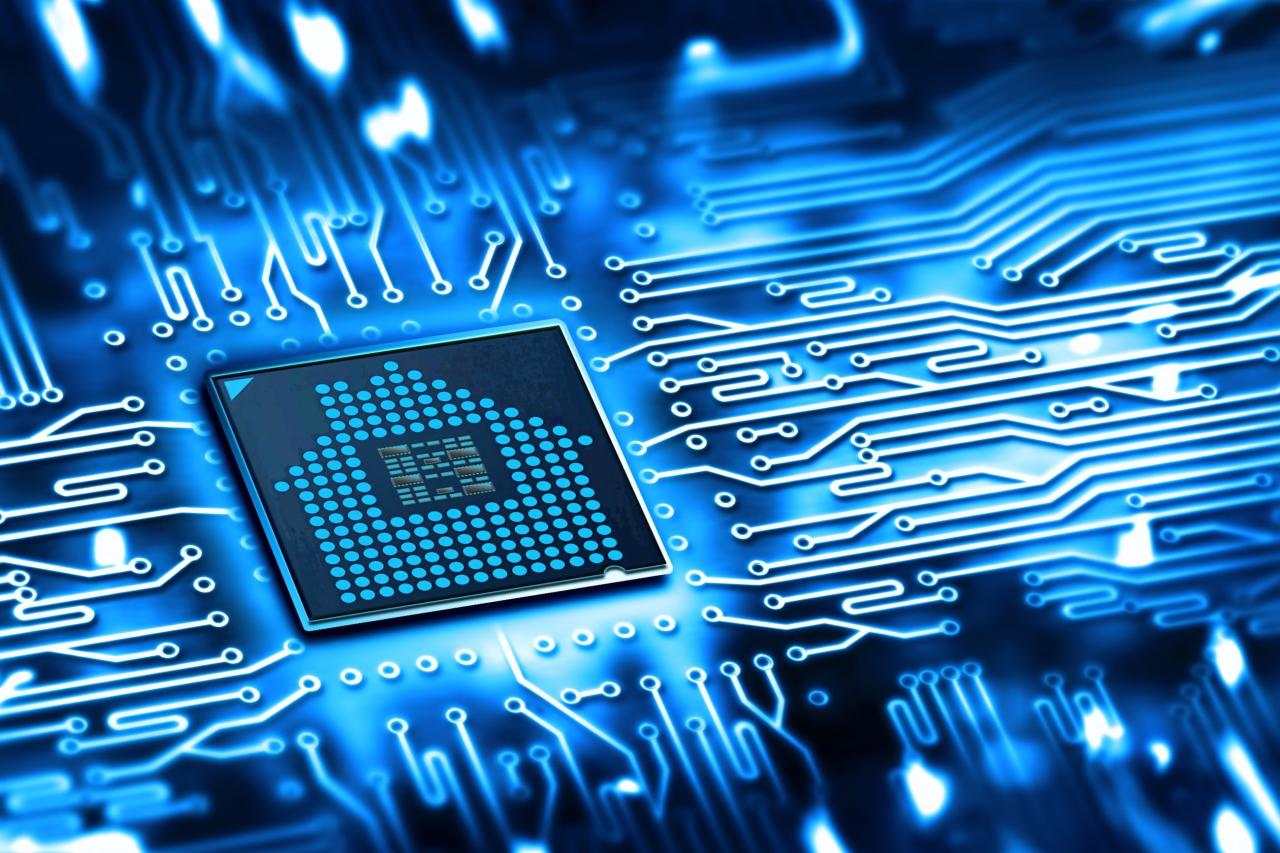
The field of electronics and computer technology is constantly evolving, with new advancements and innovations emerging at an unprecedented pace. These emerging trends have the potential to revolutionize our lives, from the way we work and communicate to the way we interact with the world around us.
Artificial Intelligence
Artificial intelligence (AI) is a rapidly developing field that involves the creation of intelligent agents, which are systems that can reason, learn, and act autonomously. AI is already transforming many industries, from healthcare to finance, and its impact is only expected to grow in the coming years. AI is being used to develop self-driving cars, personalize healthcare, and optimize business processes.
- Machine Learning: A subset of AI that focuses on enabling systems to learn from data without explicit programming. Machine learning algorithms can be trained on large datasets to identify patterns, make predictions, and improve their performance over time.
- Deep Learning: A type of machine learning that uses artificial neural networks with multiple layers to learn complex patterns from data. Deep learning has been particularly successful in areas such as image recognition, natural language processing, and speech synthesis.
- Natural Language Processing (NLP): A branch of AI that focuses on enabling computers to understand and process human language. NLP is being used to develop chatbots, language translation tools, and text summarization systems.
Quantum Computing
Quantum computing is a new type of computing that harnesses the principles of quantum mechanics to solve problems that are intractable for classical computers. Quantum computers use qubits, which can exist in a superposition of states, allowing them to perform calculations on multiple values simultaneously. This gives them the potential to solve problems that are currently impossible for classical computers, such as drug discovery, materials science, and cryptography.
- Superposition: A quantum state where a qubit can be in multiple states simultaneously. This allows quantum computers to perform computations on all possible values at once, significantly accelerating certain types of calculations.
- Entanglement: A phenomenon where two or more qubits become linked, even when separated by large distances. Entanglement allows quantum computers to perform operations on multiple qubits simultaneously, further enhancing their computational power.
- Quantum Algorithms: Algorithms specifically designed to exploit the unique properties of quantum computers. These algorithms can achieve significant speedups over classical algorithms for certain types of problems.
The Internet of Things (IoT)
The Internet of Things (IoT) refers to the interconnected network of physical devices, vehicles, buildings, and other objects embedded with sensors, software, and network connectivity. The IoT is enabling the collection and exchange of data in real-time, creating opportunities for new applications and services in various sectors.
- Smart Homes: IoT devices are being used to automate and control home appliances, lighting, security systems, and other aspects of home living.
- Smart Cities: IoT sensors are being deployed in urban environments to monitor traffic flow, air quality, and other parameters, enabling more efficient and sustainable city management.
- Industrial IoT: IoT devices are being used in factories and industrial settings to monitor equipment performance, optimize production processes, and improve safety.
Renewable Energy Sources
Renewable energy sources, such as solar, wind, hydro, and geothermal, are becoming increasingly important as we transition away from fossil fuels. Advancements in technology are making these sources more efficient and cost-effective, enabling a more sustainable future.
- Solar Energy: Solar panels are becoming more efficient and affordable, making solar energy a viable option for residential and commercial applications.
- Wind Energy: Wind turbines are becoming larger and more powerful, generating more electricity from wind.
- Hydropower: Hydroelectric dams are being modernized to improve efficiency and reduce environmental impact.
Bioelectronics
Bioelectronics is a field that combines biology and electronics to create devices that interact with biological systems. This field holds immense potential for developing new therapies, diagnostics, and prosthetics.
- Biocompatible Materials: Researchers are developing materials that are compatible with the human body, allowing for the creation of implantable devices that can interact with biological systems without causing rejection.
- Bioelectronic Devices: Bioelectronic devices, such as pacemakers and cochlear implants, are being developed to treat a wide range of medical conditions.
- Neural Interfaces: Neural interfaces are being developed to connect the brain to external devices, enabling communication with prosthetic limbs and other devices.
Nanotechnology
Nanotechnology involves the manipulation of matter at the atomic and molecular level. This field has the potential to revolutionize many industries, from medicine to electronics.
- Nanomaterials: Nanomaterials have unique properties that can be exploited for a wide range of applications, such as creating stronger and lighter materials, developing new drugs, and improving solar cells.
- Nanoelectronics: Nanotechnology is being used to create smaller and more powerful electronic devices, such as transistors and memory chips.
- Nanomedicine: Nanotechnology is being used to develop new drug delivery systems, diagnostic tools, and therapies for a wide range of diseases.
Potential Benefits and Challenges of Emerging Technologies
| Technology | Benefits | Challenges |
|---|---|---|
| Artificial Intelligence | Increased efficiency, automation, personalized experiences, improved decision-making | Job displacement, privacy concerns, ethical dilemmas, potential for bias |
| Quantum Computing | Breakthroughs in drug discovery, materials science, cryptography, and other fields | High cost, technical complexity, limited availability, potential for misuse |
| Internet of Things | Improved connectivity, data collection, automation, enhanced efficiency | Security risks, privacy concerns, data overload, potential for misuse |
| Renewable Energy Sources | Reduced reliance on fossil fuels, cleaner environment, sustainable energy | Intermittency of some sources, high initial investment costs, potential for environmental impact |
| Bioelectronics | New therapies, diagnostics, and prosthetics, improved healthcare outcomes | Ethical concerns, potential for misuse, high cost, technical complexity |
| Nanotechnology | New materials, devices, and therapies, improved efficiency and performance | Environmental concerns, potential for toxicity, ethical dilemmas, high cost |
Concluding Remarks
As we stand at the cusp of a new era, electronics and computer technology continue to push the boundaries of what’s possible. The convergence of these fields, coupled with the emergence of transformative technologies, promises a future where our lives are further enhanced by the power of computation and the boundless possibilities of digital innovation. The journey of electronics and computer technology is a testament to human ingenuity and the relentless pursuit of progress, shaping a world that is increasingly interconnected, intelligent, and transformative.
Electronics and computer technology are constantly evolving, pushing the boundaries of what’s possible. From the development of the first transistors to the advent of artificial intelligence, we’ve seen incredible advancements. This progress has led to the emergence of “super technologies,” like those explored on smartorders.ca , which are poised to revolutionize our world.
As we continue to innovate, we can expect even more groundbreaking discoveries in electronics and computer technology, shaping the future in ways we can only begin to imagine.
